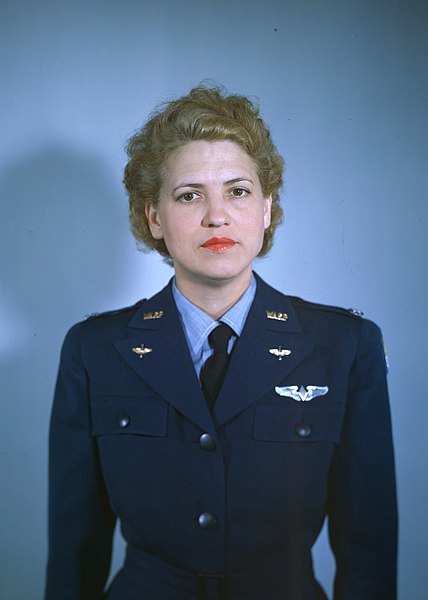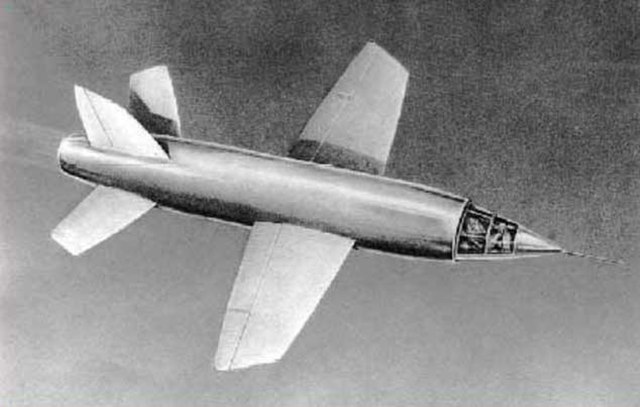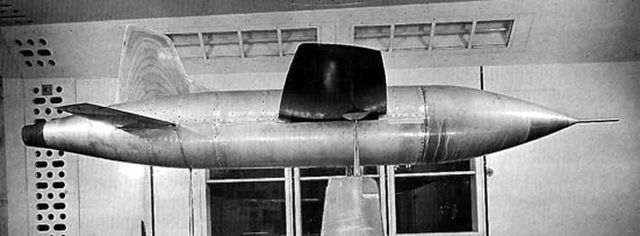Jacqueline Cochran was an American pilot and business executive. She pioneered women's aviation as one of the most prominent racing pilots of her generation. She set numerous records and was the first woman to break the sound barrier on 18 May 1953. Cochran was the wartime head of the Women Airforce Service Pilots (WASP) (1943–1944), which employed about 1000 civilian American women in a non-combat role to ferry planes from factories to port cities. Cochran was later a sponsor of the Mercury 13 women astronaut program.
Jacqueline Cochran c. 1943
1938 Bendix Race
Cochran in the cockpit of a Curtiss P-40 Warhawk.
Cochran (center) with WASP trainees
The sound barrier or sonic barrier is the large increase in aerodynamic drag and other undesirable effects experienced by an aircraft or other object when it approaches the speed of sound. When aircraft first approached the speed of sound, these effects were seen as constituting a barrier, making faster speeds very difficult or impossible. The term sound barrier is still sometimes used today to refer to aircraft approaching supersonic flight in this high drag regime. Flying faster than sound produces a sonic boom.
U.S. Navy F/A-18 transonic pushing into the sound barrier. The supersonic white cloud is formed by decreased air pressure and temperature around the tail of the aircraft (see Prandtl–Glauert singularity).
A Spitfire PR Mk XI (PL965) of the type used in the 1944 RAE Farnborough dive tests during which a highest Mach number of 0.92 was obtained
The prototype Miles M.52 turbojet powered aircraft, designed to achieve supersonic level flight
One of the Vickers models undergoing supersonic wind-tunnel testing at the Royal Aircraft Establishment (RAE) around 1946








